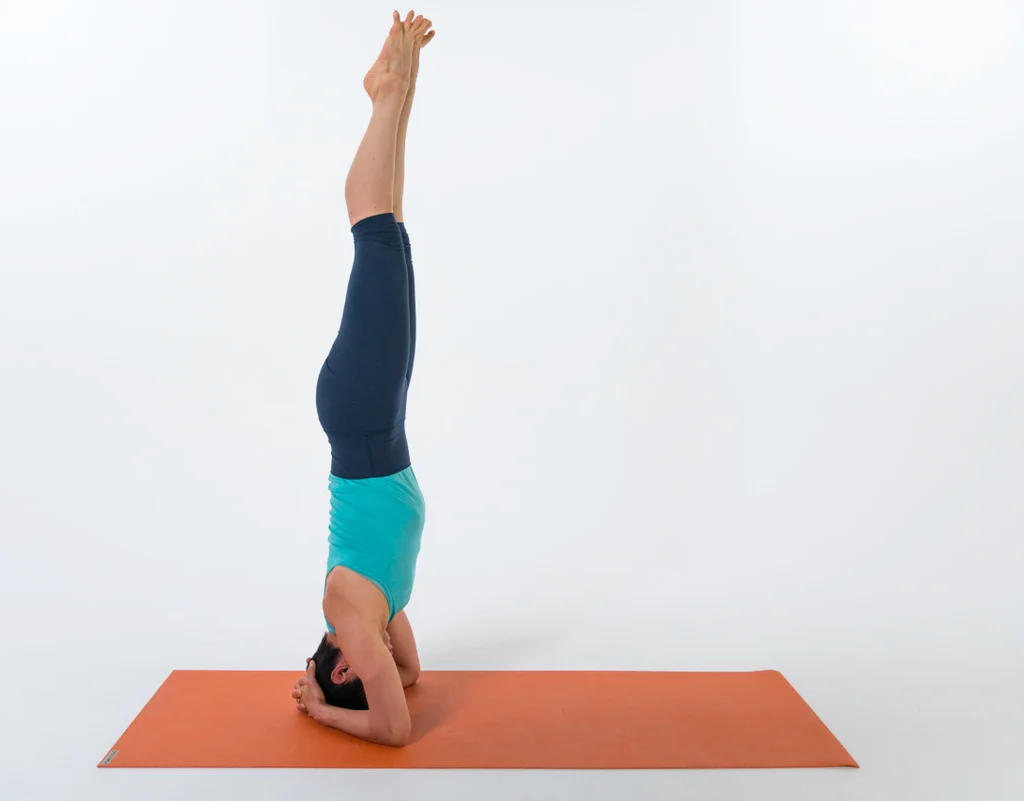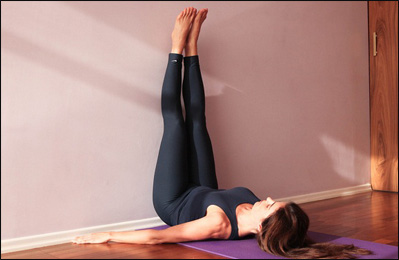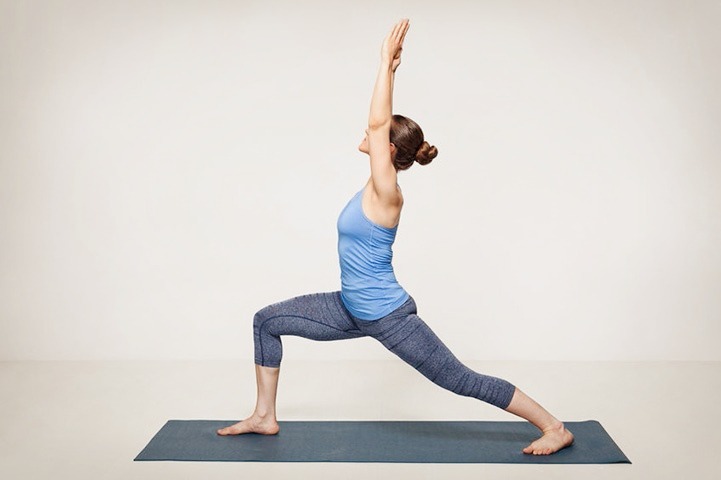The boat pose is an intermediate yoga posture that strengthens the core and poses a challenge for anyone practicing it. It also helps to improve balance and flexibility, as well as stamina, making it ideal for intermediate yogis who are looking to build strength from their previous levels of practice.
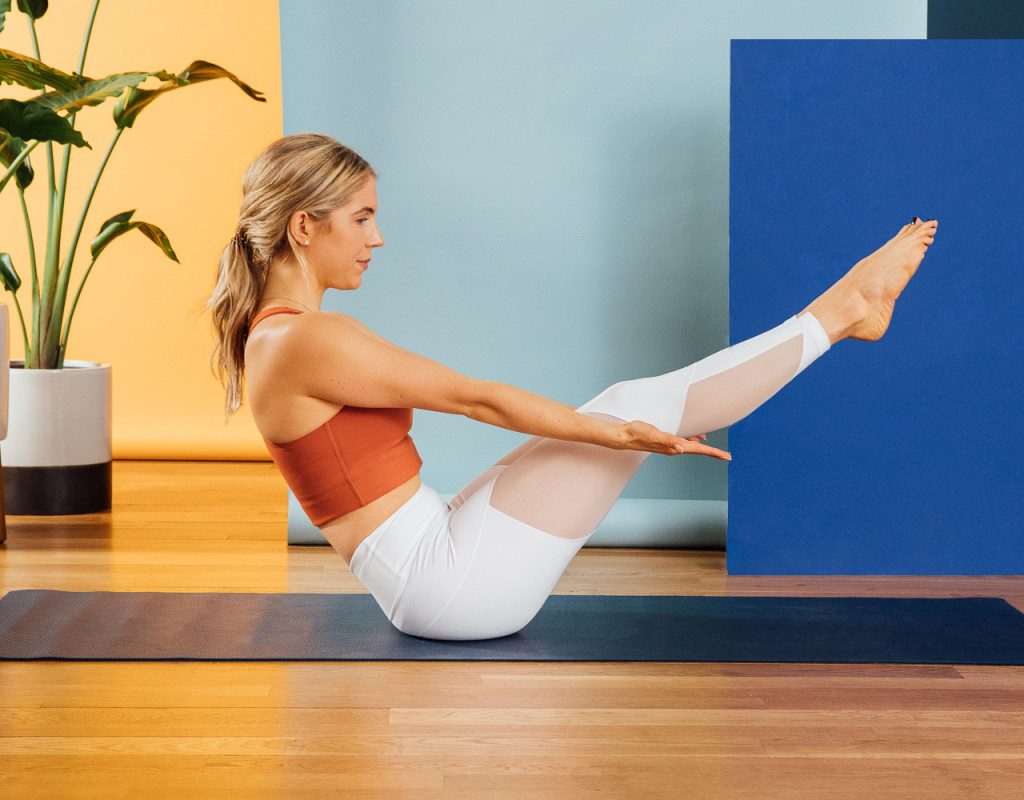
If you’re new to yoga, or if you’re someone who feels like they can’t quite master a pose, no need to worry! This article will break down everything you need to know about mastering the Boat Pose.
Even if you have experience with other poses, this helpful guide will give you some insider tips on how to perform the pose with ease so that you can get back in your yoga groove and feel great about your abilities again.
What is the Boat Pose?
The Boat Pose is a balancing asana (pose) that helps to improve overall strength, flexibility, concentration, and focus.
Navasana remains one of the best ways to focus on your abdominal strength, which helps you do so many other yoga poses, especially gravity-defying arm balances and inversions.
A step-by-step guide to do Navasana
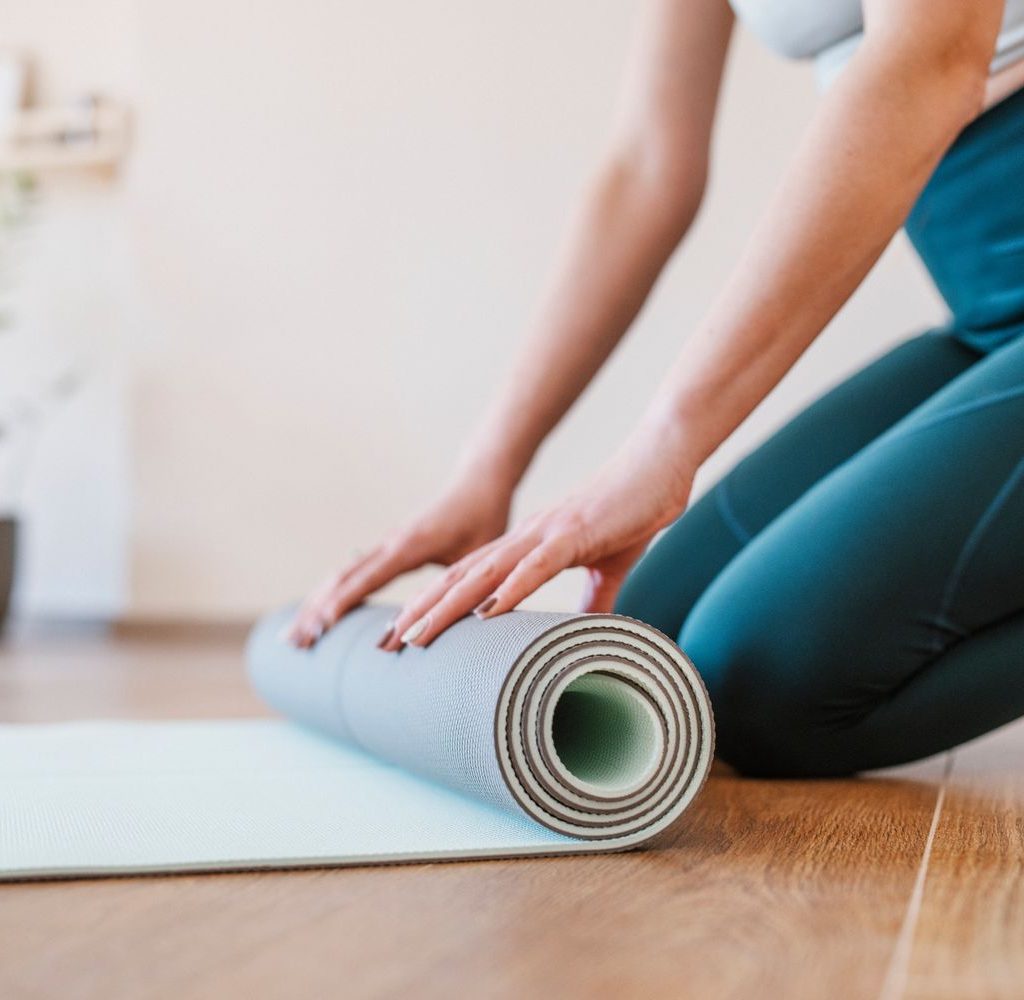
Find a quiet spot to sit and take a few deep, focused breaths. Use this time to set your intention for the practice.
- Lie on your back with your feet together and arms beside your body.
- Take a deep breath in and as you exhale, lift your chest and feet off the ground, stretching your arms towards your feet.
- Your eyes, fingers, and toes should be in a line. Feel the tension in your navel area as the abdominal muscles contract.
- Keep breathing deeply and easily while maintaining the pose.
- Hold the position for a few seconds.
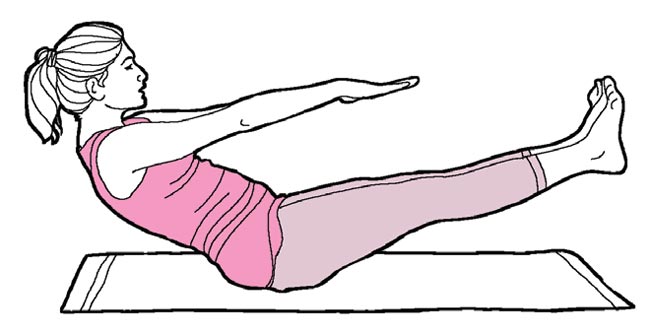
You can find out a detailed guide on the right way to do this pose by Yog4Lyf’s yoga instructor, Mr. Rahul.

Tips for doing it right

-Keep in mind that straightening the legs is the last action of this pose, don’t try to do it first.
– Gravity will be your strong opponent in this asana. By keeping your knees bent, you lessen the effect of gravity without losing the intensity of the full expression of the boat pose.
Counter poses of the Boat Pose
There are a few poses that are perfect as counter poses to the boat pose. Here are some of them:
– The butterfly pose is gentle enough to be a perfect counter pose to the boat pose. It’s also a good inversion that can help you calm down.
– Plow or Halasana is another great counter pose to the boat pose. It is an inverted yoga pose that stretches, strengthens, and relaxes your body.
– To wind down from the boat pose, you can do a Standing Forward Fold or Uttanasana. It’s very simple, soothing, and relaxing.
Similar poses to the Boat Pose
The boat pose is a balancing asana, so it may have a similar feeling to other balancing poses. Here are some of the poses that have similar benefits to the boat pose:
- Downward Dog
This iconic pose should leave your shoulders, core, and legs feeling strong and engaged in a deep stretch. - Child Pose
The position stretches the thighs, hips, and ankles and helps relax the body and mind.
Key benefits of Navasana
Here are some of the benefits of doing this pose:
- It will also help improve your core strength and build up your stamina.
- It is a great pose to help challenge your balance.
- This is a great pose to incorporate into your yoga practice if you’re looking to increase focus, build strength, and improve your overall flexibility.
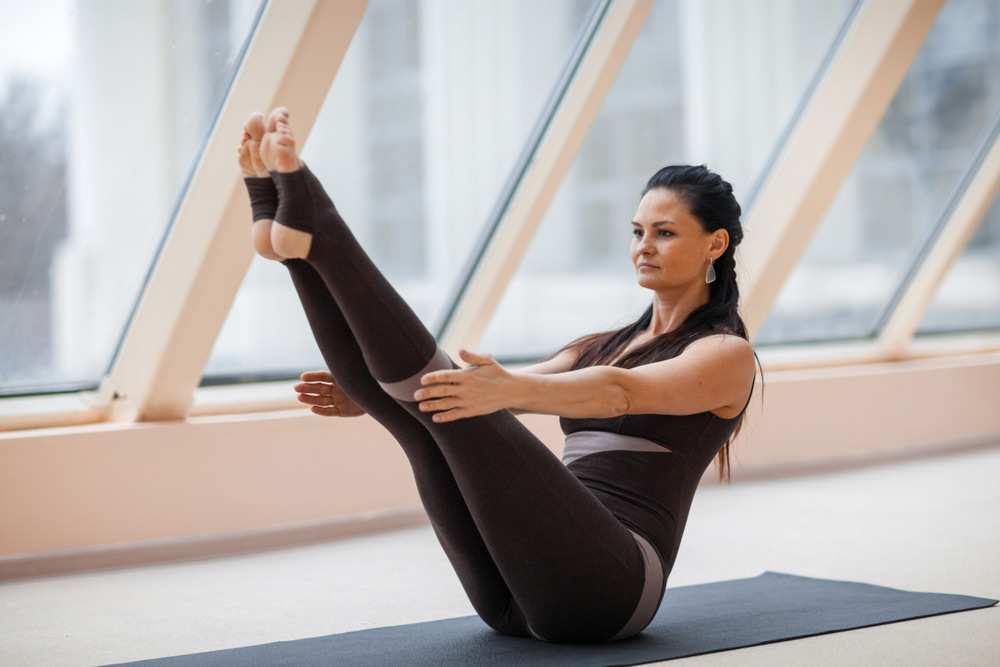
Contraindication
Navasana is considered a balancing pose, so it is moderately difficult for most people. If you have any physical limitations or injuries, you may want to avoid this pose until you are able to do it correctly and safely.
Also, as with all yoga postures, you should avoid the boat pose if you have high blood pressure or you are pregnant. Always listen to your body and refrain from any poses that cause you pain or discomfort.
Conclusion
The boat pose is a balancing pose, so it will challenge your core strength. Beginner yogis may want to avoid this pose and focus on poses that open the chest and stretch the upper body and shoulders.
Once you have mastered the poses that open up the chest and stretch your shoulders and upper body, you can begin to focus on poses that build core strength, such as the boat pose.
Share with your friends and family to encourage them to do this helpful yoga pose.
Happy Yogaing

